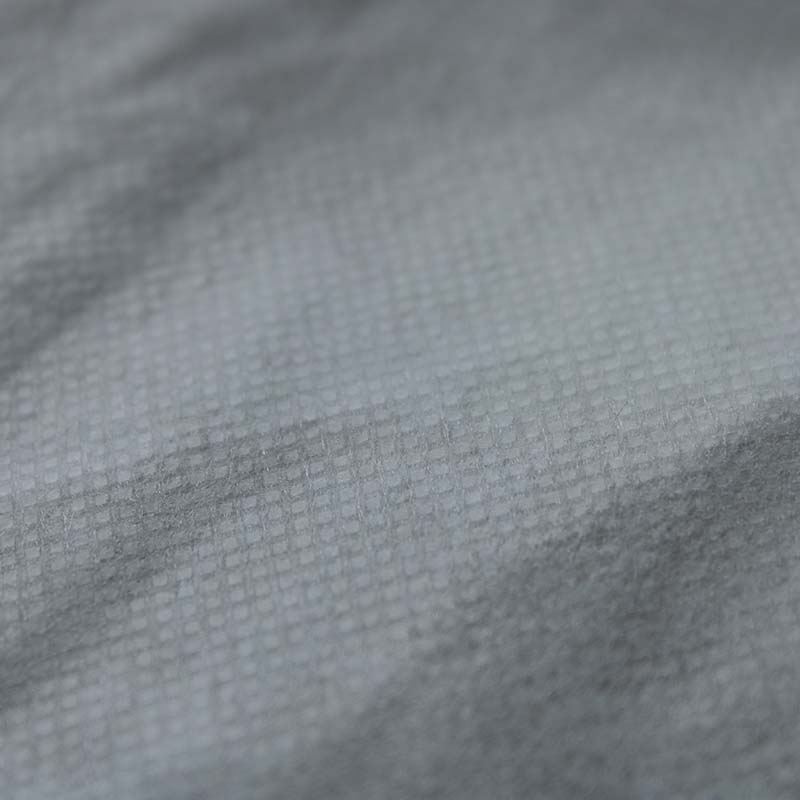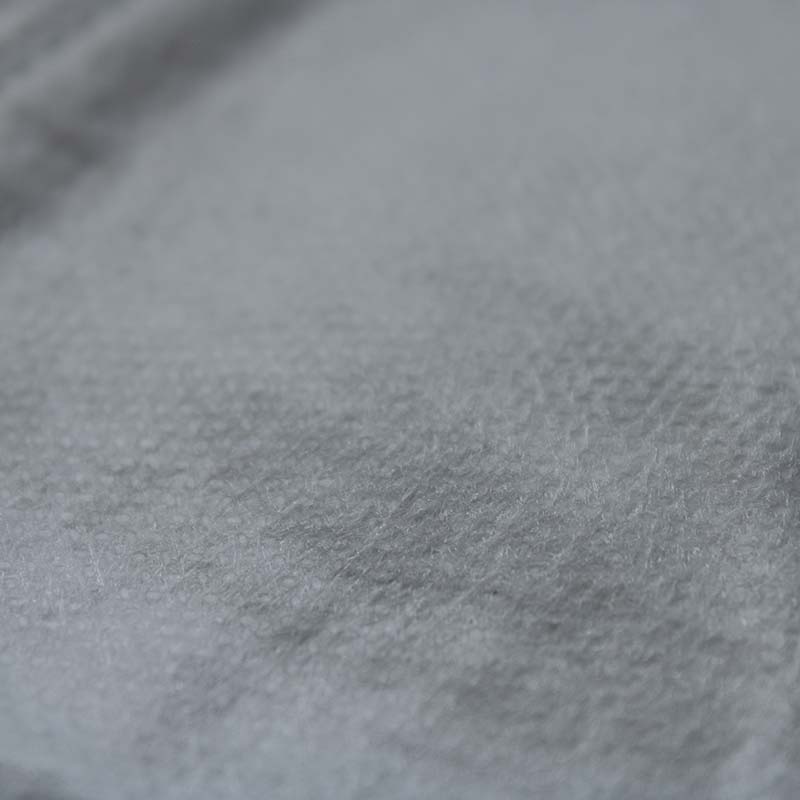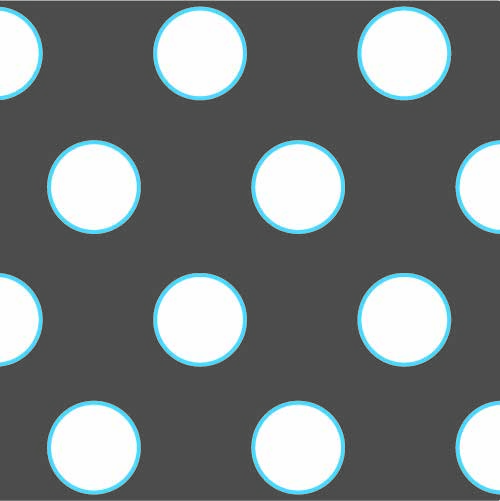.jpg)
Paper Vs. Microfibre Vs. HEPA: Which vacuum bag is best?
 Emmeline | Product Specialist
Emmeline | Product Specialist
2 minute read
Have you ever wondered which vacuum bag you should get? Just like with any other time you get an option, you want to know everything, good and bad, about both options, so that you get the one that suits your needs. Well, deciding which vacuum bag you should get is no different.
Why do you need to use a vacuum bag?
In some vacuums, it does seem possible to use it without the bag, but it’s not good for the health of the vacuum or for the air quality. In a lot of vacuums these days, there are many layers between the dust and the motor; including different grades of filters. But vacuums are designed to be used with filters and a bag, to minimise the quantity of dust and dirt reaching the motor. If your operatives on site are using vacuums without a bag, you may find that you're getting through a lot more vacuum cleaners than necessary.
A bit of background on Paper, Microfibre and HEPA vacuum bags...

Starting off with Paper vacuum bags, these have been around since the early 1950s. The main innovation behind this was to come up with a disposable alternative to the previous cloth vacuum bags. They were convenient and more hygienic than what had been around before and they fitted most of the vacuums out there. They soon became the preferred vacuum bag option, with cloth bags only being found on the last surviving vacuums that are still alive from that era.
 On the other hand, Microfibre vacuum bags were brought into the cleaning industry in the early 2000s and have become a huge game changer in vacuuming. This is simply because, even though you can still be using the same vacuum; the bag lasts longer, you can get better suction and you get increased capacity for waste in the bag itself. Like paper bags, most vacuum cleaner models can take both types of bags. But, because of their added benefits, microfibre vacuum bags are the more expensive vacuum bags on the market.
On the other hand, Microfibre vacuum bags were brought into the cleaning industry in the early 2000s and have become a huge game changer in vacuuming. This is simply because, even though you can still be using the same vacuum; the bag lasts longer, you can get better suction and you get increased capacity for waste in the bag itself. Like paper bags, most vacuum cleaner models can take both types of bags. But, because of their added benefits, microfibre vacuum bags are the more expensive vacuum bags on the market. HEPA-graded vacuum bags are usually made from similar materials to Microfibre, but the difference is in how good the filtration is. To be classed as HEPA (High-Efficiency Particulate Air filter), a material has to be able to remove at least 99.97% of dust, pollen, mould, bacteria, and any airborne particles with a size of 0.3 microns (µm). If the vacuum bag is HEPA-graded, this will help to protect the vacuum motor from dust and other particles as well as promote clean air in the area.
HEPA-graded vacuum bags are usually made from similar materials to Microfibre, but the difference is in how good the filtration is. To be classed as HEPA (High-Efficiency Particulate Air filter), a material has to be able to remove at least 99.97% of dust, pollen, mould, bacteria, and any airborne particles with a size of 0.3 microns (µm). If the vacuum bag is HEPA-graded, this will help to protect the vacuum motor from dust and other particles as well as promote clean air in the area.
Which vacuum bag is best for me?
Paper |
Microfibre |
HEPA |
|||||||
Strength |
 |
 |
 |
The mess that a split vacuum bag can make is incredible, but definitely not something worth fighting to get. Your vac bag needs to be strong enough to stay in one piece. |
|||||
Filtration |
 |
 |
 |
One of a vacuum bag’s prime functions is to be able to filter the air that gets sucked up with any dirt, dust and debris from the floor back out into the air without recycling the dust, etc. with it, spreading disease and increasing the dust levels in the air. |
|||||
Airflow |
 |
 |
 |
As a vac bag fills, dust fills the pores in the bag which are needed for the vacuum to maintain strong suction. Ideally, you want a bag with good airflow, so that your vacuum works to its full capacity. |
|||||
Price |
 |
 |
 |
Because it's going to be ending up in the garbage, vac bags need to be reasonably priced. |
We recommend using a HEPA-graded microfibre vacuum bag because it’s better for the promotion of clean air; your health and others, as it keeps dust in the air to a minimum. A single microfibre vacuum bag will also last longer than a paper bag, which would save you time and money, especially if your vacuum gets a lot of use in areas with a higher footfall (hotels/shops/large offices/schools/manufacturing/etc.).
Alternatively, a standard, ungraded microfibre vacuum bag is also a good option as it generally tends to have the same attributes as a HEPA-graded bag, but it just doesn't quite meet the HEPA standards. This will mean that it might not catch some of the smaller airbourne particles from going back out into the air or disturbing the vacuum's motor.
But, if your vacuum cleaner doesn’t get a lot of use, you’re working to a very tight budget and your vacuum is used only used in well ventilated areas, you may find that a paper vacuum bag is your best option.
Ultimately 'the best vac bag' depends on you, your clients and the task. We hope this helps you to be more informed about Paper and Microfibre vacuum bags, but please do get in touch if you have any further questions.




